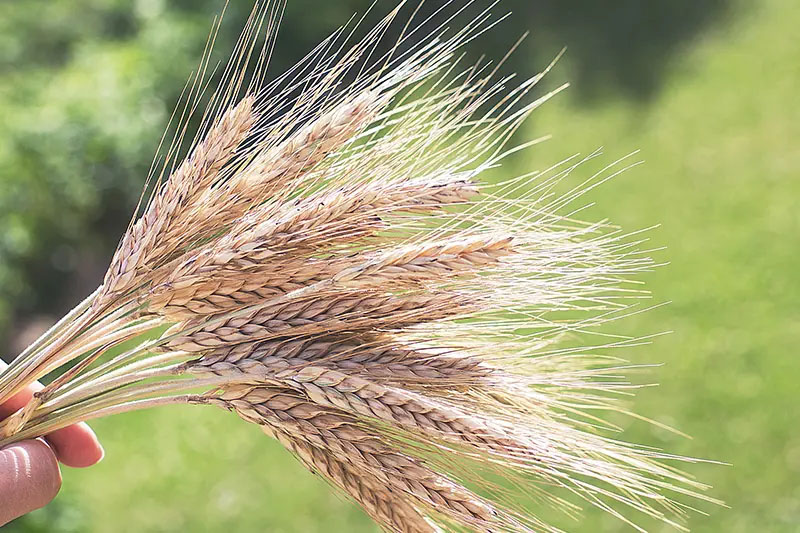- Home
- About
-
Our Products
- Grains
- Oil seeds
- Meals
- Oils
- Derivate
- UBM Group
- UBM Community
- Press
- Contact
Triticale , sometimes called Triticosecale, is a hybrid between wheat and rye. In general, triticale is more like wheat, being more robust and vigorous, with large ears with many spikelets. The morphological diversity within the species is very large.

The fruit is a wheat and rye-like caryopsis. The berries are yellowish brown or yellowish green.
Along with corn and barley, wheat and triticale are among the major components of combined feed recipes for monogastric. These cereals provide the necessary energy.
The nutritional value is similar to that of wheat, but differentiated by a higher lysine content and balanced mineral balance. The high digestibility of the protein and the balanced profile in essential amino acids recommend the use of triticale in bird feed. However, the inclusion of triticale is limited by the presence of starch-free polysaccharide (NSP) antinutritional factors, especially xylans and arabinoxylans, which reduce the digestion and absorption of nutrients in the intestine.
Recent research has shown that the use of triticale in the feed of broilers, in a proportion of 28-34%, depending on the growth phase, partially substituting corn, does not affect zootechnical performance, carcass quality indices or nutritional value of meat (composition chemical, amino acid content). In addition, the inclusion of triticale in the diet of broilers has no negative effects on health (blood biochemical profile within normal limits, appropriate gastrointestinal development) or on the intestinal microflora, the number of pathogenic populations being significantly reduced.
The results confirm that triticale may be a viable alternative cereal source for the partial replacement of maize, a basic cereal commonly used in broiler feed, especially in the current context of climate change.